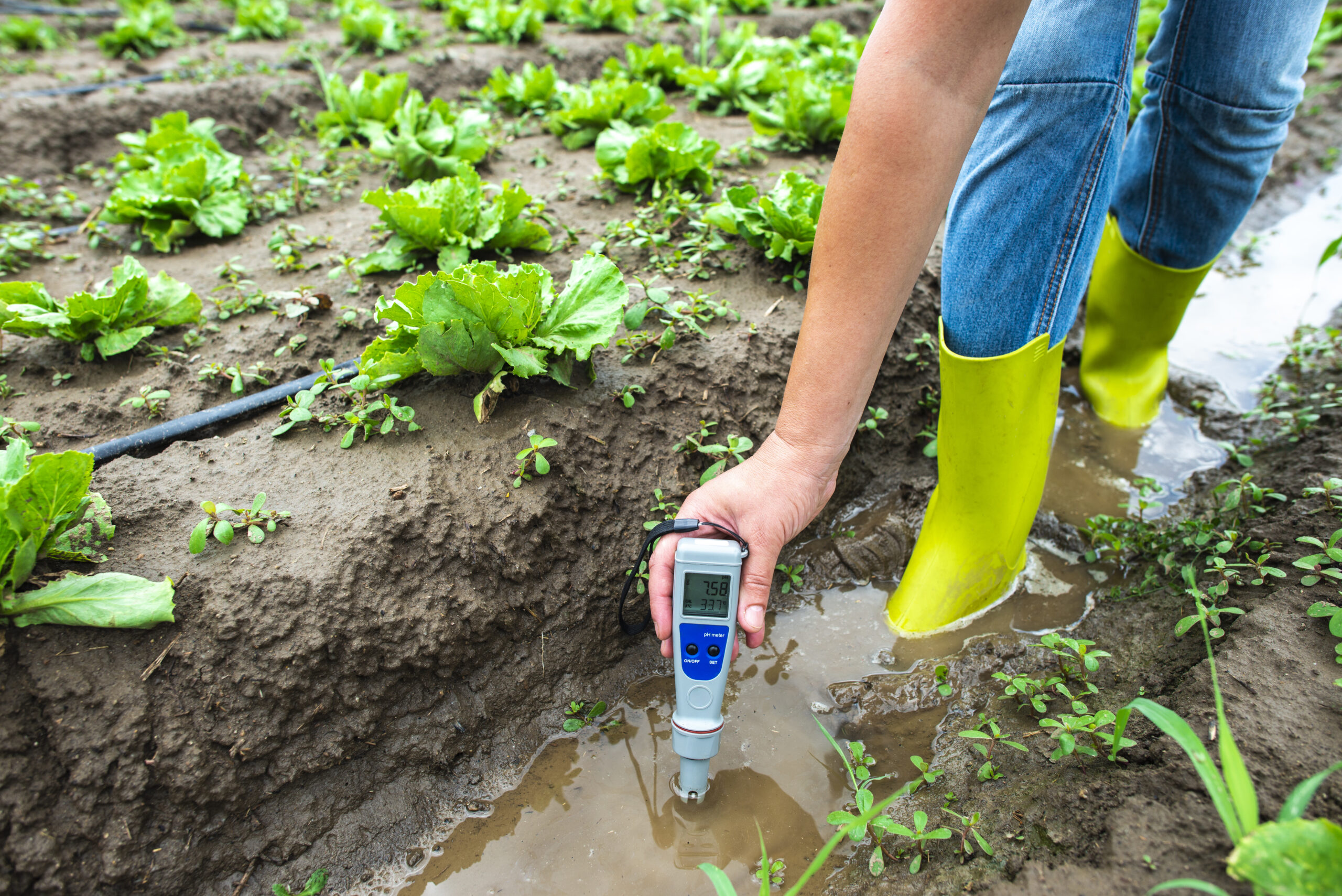TDS and PH

pH (potential of Hydrogen) and TDS (Total Dissolved Solids) are critical parameters that greatly influence the success of hydroponic systems.

pH (potential of Hydrogen) and TDS (Total Dissolved Solids) are critical parameters that greatly influence the success of hydroponic systems.

Hydroponics Vs. aquaponics are both soilless methods of growing plants, but they differ in their approach to nutrient delivery and the integration of aquatic organisms.

Starting a hydroponic system requires several essential materials to create a suitable environment for plant growth and nutrient delivery.

As the pursuit of efficient indoor gardening solutions gains momentum, the Spider Farmer SF1000 LED Grow Light shines brightly as a frontrunner in the realm of horticultural lighting. With its

Traditional fertilizer and liquid fertilizer are two common types of fertilizers used to provide essential nutrients to plants. They differ in their physical form, application methods, nutrient availability, and benefits.

The light spectrum, which encompasses the range of different wavelengths of light, plays a crucial role in influencing various aspects of plant growth and development.
Plants require a variety of nutrients to support their growth, development, and overall health. These nutrients can be classified into two main categories: macronutrients and micronutrients. Here’s an overview of

A wide variety of plants can be successfully grown using hydroponic systems.

Hydroponics is a sustainable way to farm because it addresses several key challenges associated with traditional soil-based agriculture.

At its core, hydroponics is a technique that enables plants to thrive in a soilless environment by providing them with a carefully balanced nutrient solution.